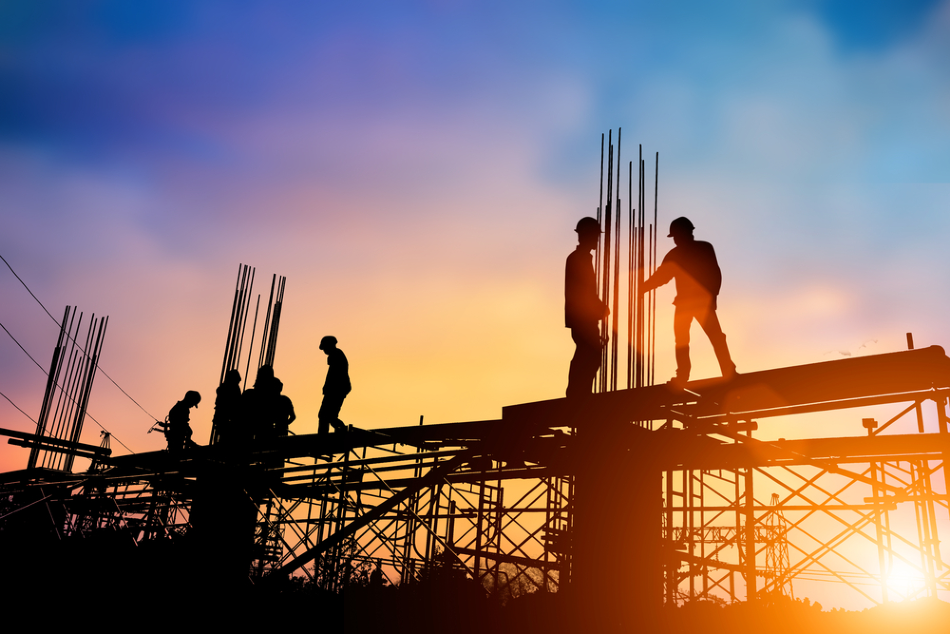
Image Credit: yuttana Contributor Studio/Shutterstock.com
Automation is already changing how the construction industry approaches its work. Now, new technology such as AI-powered machine vision and systems automation is poised to take advantage of breakthroughs in computer science to further revolutionize construction.
With the right configuration of cameras, it is possible to provide advanced systems with the imagery necessary to automate certain construction processes that currently require human workers.
This article will discuss the roles camera networks play in construction automation.
How Automation Improves Construction
The construction industry has been growing rapidly. However, many companies continue to struggle due to difficulties with finding and hiring skilled laborers, weak productivity growth, and waste of materials and other resources.
The adoption of new technology such as advanced automation solutions has been frequently discussed as a way to help the industry face some of these challenges. Construction is one of the least digitized sectors worldwide, and productivity gains have traditionally lagged behind those made elsewhere. In some markets, the sector's productivity has even declined since the 1990s. New technologies and processes such as camera networks and AI systems that can take advantage of real-time images, could change this.
The Use of Cameras in Construction Automation
There are a few different ways that camera networks can be used to drive automation and provide insights for construction companies.
Camera networks can supply images that AI systems can use to automatically monitor for PPE compliance. They can see if all employees walking on to a worksite are wearing the proper safety equipment such as hardhats, high-visibility vests, gloves and footwear.
A similar system could also be used to help prevent unauthorized access by monitoring access points and the site perimeter, even when staff are unavailable.
With the right combination of cameras and systems, companies could also automate many aspects of construction site reporting.
Certain systems could keep an eye on material quantity, alerting supervisors when stockpiles of building materials are running low. They could examine material use over time and provide better forecasts for when restocks will be needed. This could ensure materials never run out, which could potentially help sites avoid unnecessary work stoppages. Similar material recognition technology can also be used to track construction progress.
Other systems could keep track of equipment location and status, or be used to perform visual performance and maintenance checks. This frees up workers and reduces the time needed to monitor structures or equipment. Systems like these are especially helpful on large sites where the material is spread out over a significant distance, increasing the time required for inspections.
Camera networks could also help construction companies measure the manual cycle duration. This provides supervisors and site managers with information about which are the most or least efficient and allows them to more accurately forecast how long a given step of the construction process will take. This ensures the most accurate estimate possible for the duration of a given project.
Drones or camera networks can even be used to perform remote site or building inspection, examining structures or equipment for damage or structural issues that may cause risks down the line.
How Camera Networks and Machine Vision Can Further Automate Construction
Despite new technologies and automation solutions, construction's adoption of these systems continues to fall behind other industries — a fact that is demonstrated by lagging productivity growth.
New applications of existing technology may soon change this. Camera networks, when paired with the right automation tools, can be used to automate many construction site processes that are currently performed by humans. From monitoring site access points and ensuring PPE compliance, to observing materials stored on-site, the industry has many reasons to embrace the future.
References and Further Reading
Disclaimer: The views expressed here are those of the author expressed in their private capacity and do not necessarily represent the views of AZoM.com Limited T/A AZoNetwork the owner and operator of this website. This disclaimer forms part of the Terms and conditions of use of this website.